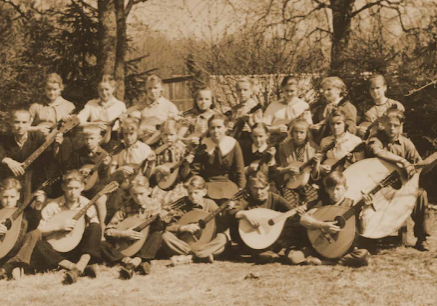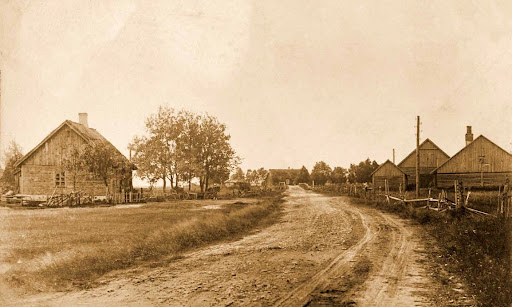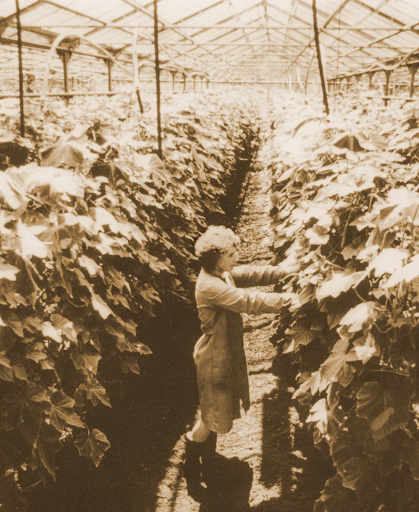Jausa village

It was probably thousands of years ago that a village emerged at the mouth of the river flowing into Jausa Bay, even though the earliest written record of Jausa village dates from the 16th cen- tury. Fishing must have been essential for the natives of the villa- ge, since it is believed that the village was named after an island where the fish was divided (namely, Jaosaar – Dividing Island). As recently as at the beginning of the 20th century, there were four boat harbours on the village coast. Large catches of fish enabled people to get by and laid the foundation for the rapid growth of the village. Today, Jausa village is the longest village on the whole Hiiumaa island (approx. 4 km). Sites of brick kilns in the landscape, as well as ancient farm buildings, weather vanes, a watermill, and other structures also tell tales of bygone times. The children of many well-known sailors have been educated at Jausa school, which was founded already in 1795 as a reading school. Writer Herman Sergo (1911-1989) was one of them. Among others, artist Mall Sooster-Valk (1935-1976), art historian Kaalu Kirme (1928-2020), dancer Ants Vähejaus (1938-2008), and sports coach and referee Meinhard Niglas (1932-2007) studied there. Composer Paul Tammeveski (1898-1982), one of the foun- ders of Estonian popular music and the author of the songs “Paula, sul on poisipea” (“Paula, You’ve Got Short Hair”) and “Üks- ainus õis” (“A Single Bloom”), was born in Jausa. The roots of the legendary diplomat Ernst Jaakson (1905-1998) are also in Jausa village.
Gallery
It is a waypoint on the journey
You might also be interested in:



